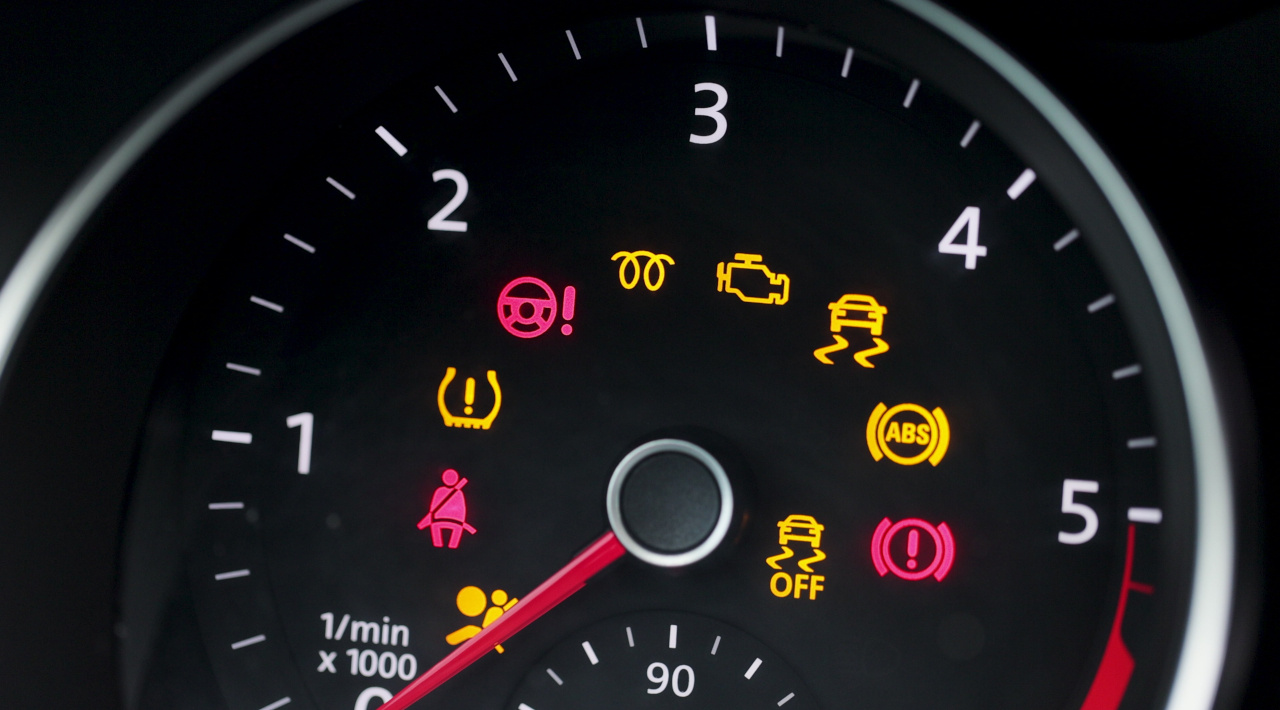All drivers are responsible for ensuring that their vehicle is safe and roadworthy. The requirement to have a valid MOT certificate is an important part of this for older vehicles but a vehicle can still be unsafe without a valid MOT.

A yearly MOT test is only carried out once a vehicle reaches three years old and changes can occur at any time. Every time you get behind the wheel you should get into the habit of checking the cleanliness of your windscreen, windows, and mirrors, and that your lights and brakes are working correctly.
Regular checks should also be made to your oil, water and brake fluid levels, battery condition, windscreen wash levels and tyres. The vehicle should also be serviced regularly as per the manufacturer’s guidelines.
Some of a vehicle’s key safety features may be things you take for granted such as seatbelts and airbags. It is good practice to test your seatbelts from time to time by giving them a sharp tug to ensure they would restrain you in an accident; they will also be checked as part of an MOT.
The airbags will be monitored by the vehicle’s management system and if this reports any malfunction, you should get it checked immediately.
It is never nice to think about what could happen when you get behind the wheel, but modern safety features such as blind spot warnings, tyre pressure monitoring and anti-lock braking systems could save your life or the lives or your loved ones, not to mention other road users.
Carrying out regular safety checks to your vehicle is important and allows you to identify issues that have the potential to become more serious before they result in major breakdowns or, worse still, accidents.
Identifying a minor issue at an early stage means you can get it fixed in your own time and in a more cost-effective way rather than dealing with it when it becomes more pressing. Regular safety checks also help your vehicle be more fuel efficient, something that can have an impact not only on the environment but also on your wallet.
The UK has strict safety rules about carrying children in vehicles. Children are required to use a car seat until they are either 12 years old or taller than 135cm, whichever comes first. Babies and young children under 15 months old must travel in a rear-facing car seat and if you are using a rear-facing baby seat in the front of the vehicle, the airbag must be deactivated.
Car seats must be suitable for the height and weight of the child and should be used with diagonal strap seatbelts unless specifically designed for use with a lap seatbelt.
Technology has made significant advances in recent years, with innovative features such as adaptive cruise control that not only sustains your speed like traditional cruise control but can also adapt your speed to that of the traffic around you using a system of radars and cameras.
Driver monitoring systems keep an eye on your alertness using small infrared cameras mounted above the steering wheel and any signs of drowsiness or distraction on the driver’s face will trigger a visual and audible alert.
Park assist features are also becoming increasingly common and many modern vehicles can practically park themselves. Some of these systems even automatically remember the space if you park there often and will complete the manoeuvre for you from memory.
The simplest yet most important way to ensure that your vehicle is safe is to carry out regular maintenance and servicing.
When leasing a vehicle with Leasys, consider adding an optional maintenance and service package. Not only will this ensure that your vehicle is always safe to drive, but it will also be kinder on your wallet and allow you to budget upfront thanks to the inflation-proof costs added to your monthly rental payment.